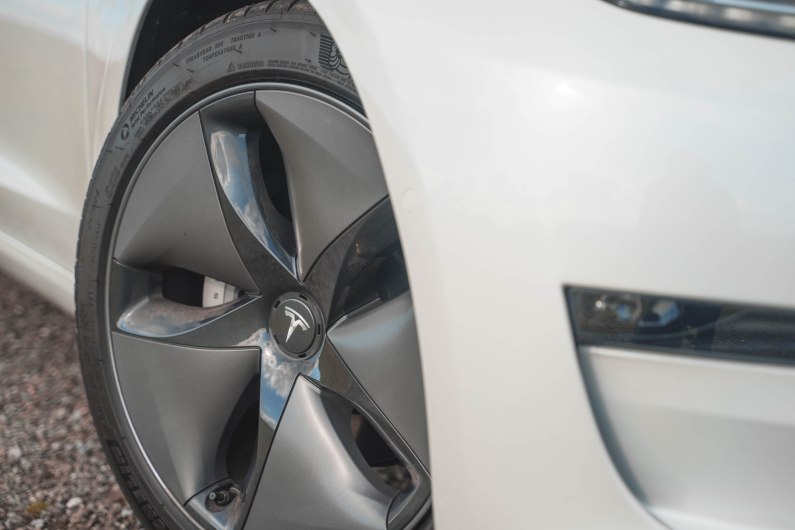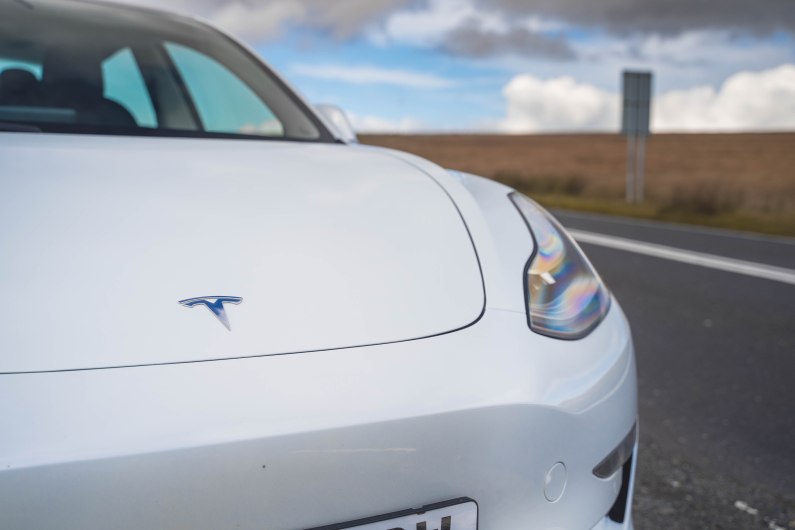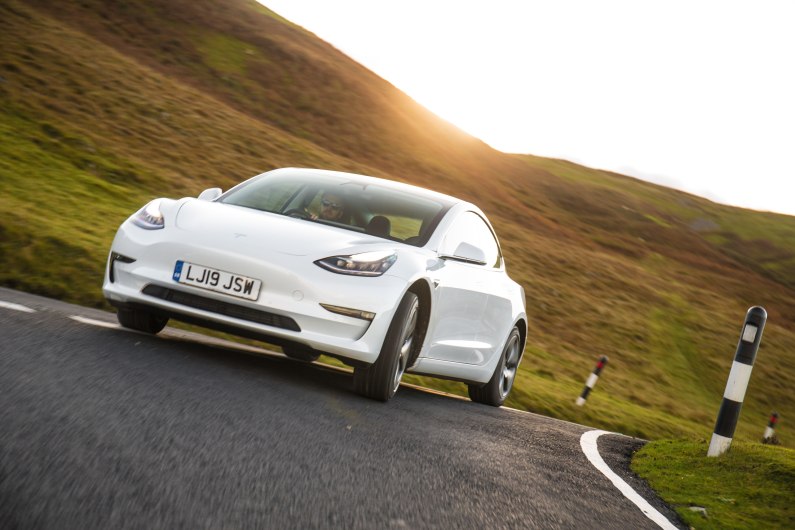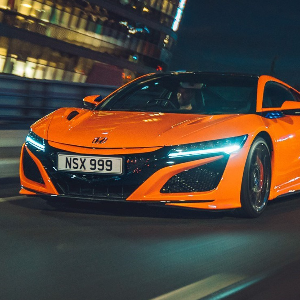
Tesla’s highly anticipated Model 3 has hit UK shores. Does all-electric American live up the the hype? Darren Cassey finds out.
What is it?
The Tesla Model 3 is the culmination of Elon Musk’s electric car company master plan. First came the Roadster, a small Lotus Elise-based sports car designed to make EVs cool, followed by the Model S, a premium saloon that would make big profits. With SUVs becoming the most popular market segment, he then added the Model Y, an upmarket people carrier with a similar goal to the S.
The end goal was this, the Model 3, targeting an affordable price point to bring electric motoring to the masses. There have been plenty of hiccups along the way, both for the company as a whole and this model in particular, but the Model 3 finally hit UK soil for the first time last year.

Our test car was fitted with the standard-fit 18-inch Aero wheels. (PA)
US buyers have access to an impressively inexpensive entry price of $35,000 (circa £27k), but in the UK prices start at £38,500 for a Standard Range Plus model – top-spec Performance models start at £52,000. With all that in mind, has it been worth the wait?
What’s new?
Under the skin the Model 3 follows a similar format to the S and X, with batteries fitted beneath the floor and utilising an electric motor for propulsion. In the Standard Range Plus model we’re testing, there’s a single electric motor on the rear axle, making it rear-wheel-drive, while Performance models also get a motor on the front axle to provide more performance and all-wheel-drive.
The interior is all-new too, with the stand-out feature being a single, centrally mounted screen containing all functions. Meanwhile, Tesla’s dedication to being technologically ahead of the game means it has the best smartphone app in the business, which can control functions remotely and even act as a key.
What’s under the bonnet?

The bonnet hides a decently spacious luggage area. (PA)
Literally speaking, nothing – or rather, a ‘frunk’ that provides a decent amount of extra luggage space up front, just one of the additional benefits of using compact electric motors. In this Standard Range Plus model, there’s a single electric motor on the rear axle that makes 302bhp and 420Nm of torque.
Those numbers are impressive, but it would be easy to regard this as ‘the slow one’ compared with the near-500bhp Performance version. However, with a 0-60mph time of about 5.4 seconds, it’s anything but. Under hard acceleration this entry Model 3 really shifts, helped by that instant-on torque response of the electric motors, so you’re never left wanting more.
What’s it like to drive?
While straight-line performance won’t leave you disappointed, if you’re looking for a left-field BMW M3 rival you might find the 3’s cornering abilities somewhat lacking. It’s not necessarily that it can’t corner at speed, rather that the steering is incredibly light and completely lacking any feedback. On top of that, its eco-focused tyres, which help improve range, have a tendency to squeal under duress rather than bite into the Tarmac.

The Model 3 is fast, even in Standard Range Plus form. (PA)
The Tesla Model 3, therefore, lends itself better to those who want a serene, relaxing experience 99 per cent of the time, with blistering straight-line performance for occasional stress-busting blasts. In this case, the American excels. The silent propulsion of the electric motors is helped by sound-deadening in the cabin that means exterior noises are kept to a minimum, and any qualms about build quality appear to have been addressed, with no squeaks or rattles from the trim.
It is interesting to note, however, that the Autopilot feature that is so often lauded as a hugely enticing Tesla feature was largely disappointed. It’s not a semi-autonomous driver aid as many think, rather an advanced adaptive cruise control system that’s also common on rival premium cars. We found it late to react to cars on the motorway and jerky on the brakes; similar systems from Mercedes-Benz and Volvo work much better.

